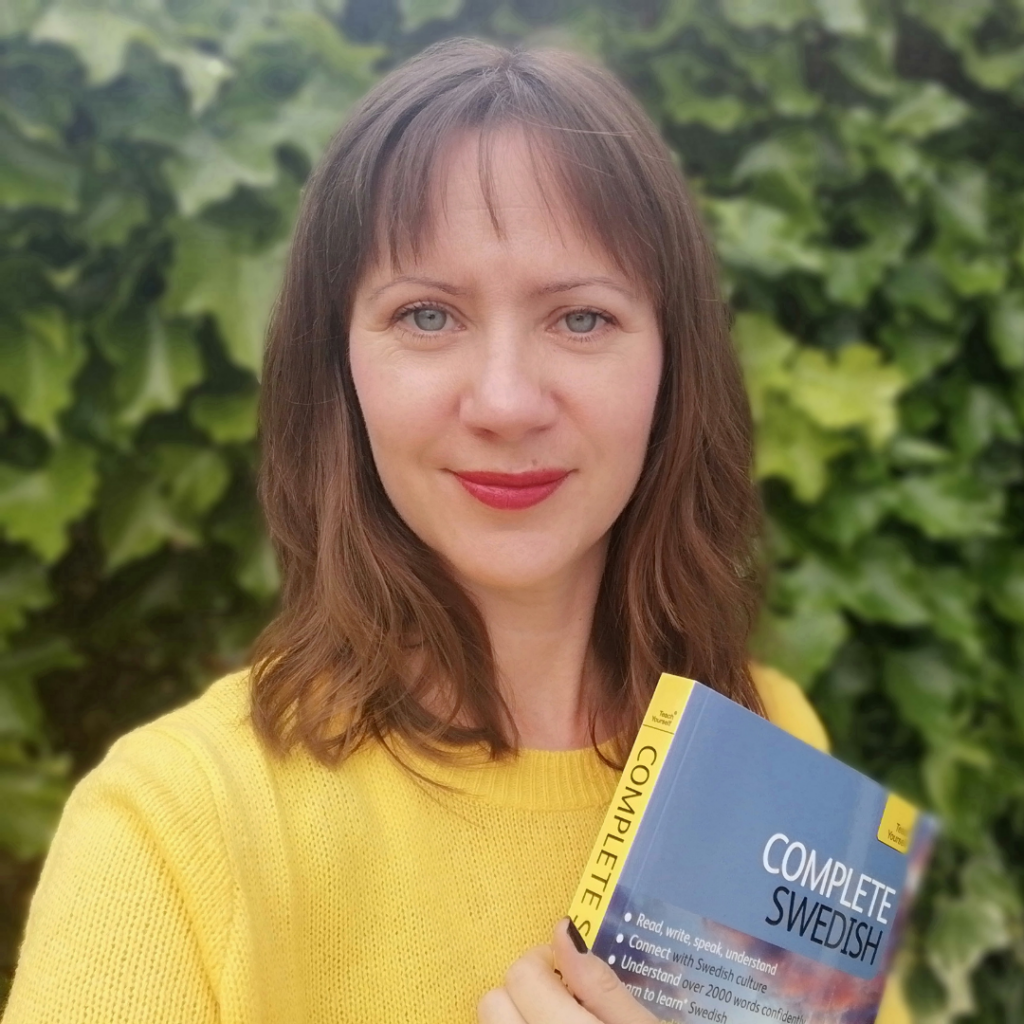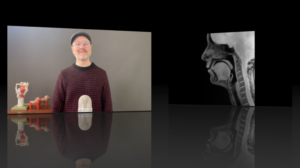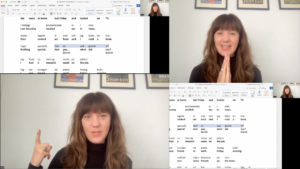What is the ‘intrusive R’?
The intrusive R is something that is mainly relevant for English speakers, when they want to reduce their English accent while speaking Swedish. Other speakers can sometimes also experience intrusive R’s, but let’s say that it’s more common for English native speakers.
So what is it?
The intrusive R often happens when you have one word ending on a vowel and another word beginning on a vowel. Then it’s very easy to put in an R in between, to fill the gap between the vowels. In English, and in particular in British English, this is quite common.
Here are some examples in English:
“I saw it” becomes “I saw-r-it”.
“Law and order” becomes “Law-r-and order”.
“Asia and Africa” becomes “Asia-r-and Africa”.
And a famous musical example, in the Beatles song “A day in the life”, where John Lennon sings “I saw-r-a film today, oh boy”. But the intrusive R can also happen inside of words, such as draw(r)ing or withdraw(r)al.
Can I use intrusive R in Swedish?
NO!
Where is there a risk of using intrusive R in Swedish?
In any situation where you have one word ending on a vowel, and the next word begins on a vowel. Here are some of the most common places where we hear people using it:
“…på en…” becomes “…på-r-en…” (and the same for “…på ett…” of course)
“sjöar” becomes “sjö(r)ar” and “öar” becomes “ö(r)ar”
We also often hear intrusive R’s at the end of infinitive verbs (jag ska jobba(r)…), although this can be because the speaker might be confusing the infinitive with the present tense. Which should have an R. But if you’re using help verbs for example, like vill, ska, måste, behöver, brukar etc, then there should be no R at the end of the second verb.
How can I reduce my intrusive R’s when I speak Swedish?
When you create an intrusive R, you’re lifting the tip of your tongue towards your hard palate, which creates the R-sound. So your tongue goes from being more towards the front of your mouth, to being ‘curled’ upwards for the R, and then to the vowel position for the next word.
So what we want to do is to refrain from lifting the tip of your tongue. So stay calm, and leave the tip of your tongue alone!
Practice saying “på” and notice where the tip of your tongue is. Then leave it there. Don’t lift the tip. Then go straight into “en”. Without moving the tip of your tongue. Especially in this example – “på en”, the position of the tip of your tongue should be exactly the same for both words. Continue practising saying “på en” while keeping the tip of your tongue in the front of your mouth, resting against the bottom row of your front teeth. Once you have mastered that, you can try and put this into full sentences. For example:
Jag var på en restaurang igår.
Ska vi titta på en film?
And then you can gradually get used to speaking without intrusive R’s!
What else can I do to reduce my accent and sound more Swedish?
Some of the things you should be working on relate to muscles (in the lips) and the tongue position in your vocal tract. Other things relate to the stress of both words and sentences, which will give you that sing-song-like Swedish melody when you speak.
We’re not saying it’s bad to have an accent. In fact, we love accents and think they make you who you are! However, sometimes accents can make it harder for native speakers to understand what you’re saying. And it’s easy to let your own, natural ‘Attractor State’ dictate how you say Swedish words. By identifying exactly what the tongue, the lips and the vocal tract do, people will understand you better.
Learn more about Swedish pronunciation training here.







